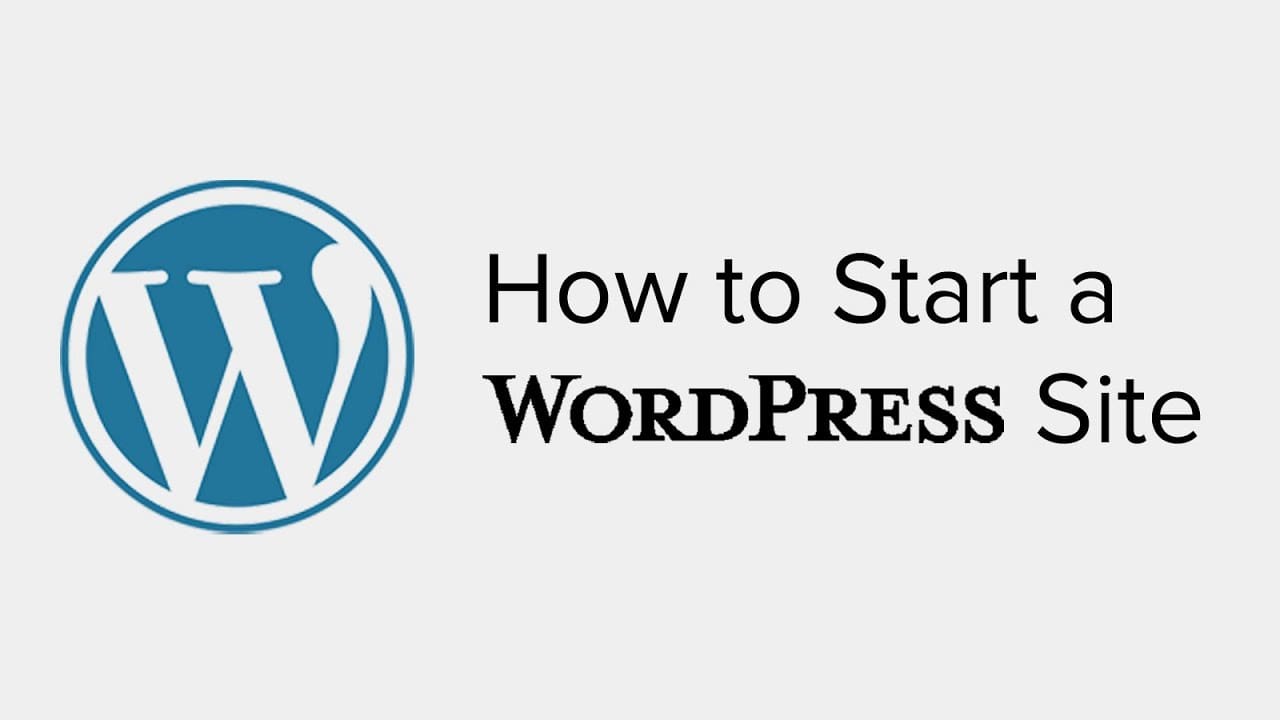Apple sold its first product in 1976, and it was a basic computer named Apple I. Today they have various products ranging from iPod to Macbook, but their marketing strategy remains the same. When Apple launched the iPod, the ad read “1000 songs in your pocket”. Today, the advertisement for the Apple watch reads “40 million songs in your pocket”.
The same marketing strategy for two different products at different times suggests how strong the brand vision is. Apple is known today as the company that endorses innovation. The company has produced devices with varied services and innovated explicitly through the years with the changing market trends while increasing their sales year after year. It is a product of a clear brand vision and has a strategically planned roadmap.
What is the one document that will help a Project Manager, the CEO, the whole team when they get stuck on a project? It is the Business Roadmap.
A business roadmap is a document with all the key events and timelines laid out strategically. This document helps all teams and employees be on the same page and plan out events in a well-calculated way. Also, there’s no need for you to spend a cent, since there are many business roadmap software free to use. When implemented wisely, it will bring in high profits and excellent investments to the business.
Many companies have benefited from having an efficient roadmap. This article talks about everything needed to build and work with a business roadmap.
What Are Some Of The Common Problems Businesses Face?
All companies face some common problems that can be solved only by spending time with it, and visualizing. Following are some of these issues:
- Lack Of Business Process Management (BPM): Companies largely need the BPM system to grow and enter new markets. They also help in optimizing and automating business processes. A failed BPM system can result in an ineffective communication within the company and, eventually, a decrease in profitability.
- Lack Of Direction/Vision: Businesses grow exponentially when they go hand-in-hand with market growth. To sustain the business in this market in the long run, even billion-dollar companies need to constantly adapt and evolve with the growing demands with keeping the ultimate brand vision in mind. A lack of vision can also lead to a failure in keeping up with market transformations. In this case, you begin to lose your company/market fit.
- Failing To Define & Sell On The Unique Competitive Advantage: If your business has not identified what skills and resources it possesses by which it can sell some products and services at lower prices and to a larger consumer base, you miss out on a lot of sales.
Competitive advantage has the potential to make your brand more desirable.
Importance Of A Business Roadmap
Airbnb’s former head of global hospitality built a document and called it “The infamous paper to take over the world.” It was a business roadmap. And today, Airbnb is one the best in their industry. A good business roadmap can help your business achieve goals more efficiently, just like Airbnb did.
What All Does A Business Product Roadmap Have?
- Depending on the company and the product, the roadmap can have a few technical information and features.
- The roadmap needs to have a vision about how the product will evolve with the market growth. Markets grow constantly and you will need to have a strategy of how your products will be in demand.
- Besides an alignment tool, the roadmap should also consist of all the decided timelines. It will help everyone on the team be driven and focused.
- The roadmap should have an answer to all the “why’s” behind decisions around the product. Why do you need to attract a certain audience? Why do you need to allocate resources from this source?
How To Build A Business Roadmap?
No matter what others tell you, building a business roadmap is not a very daunting task. Only the first step is a little challenging, and you can keep updating certain parts of the roadmap as you advance through the journey.
- Write down your ultimate vision that you are trying to achieve with your product. You do not need to write what the product is or what the fine details are. Remember, it is a guide to where you want to go, not how to reach.
- Calculate and analyze the company to market fit. Are the chances of this fit increasing or decreasing in the coming times? A perfect Product/Market fit will compound itself over time. In simple words: Product/market fit is when people sell for you.
- Your business roadmap should prioritize the goal of the business before the features of individual products. You can build these features with time, but remember the goal is your foundation.
- Now, decide on an ETA for this roadmap. You don’t have to mark a specific date, but be clear about the approximate time. The ETA gives a sense of time to other team members, which will keep them driven through the entire course of the project.
- The last thing you need to talk about in the roadmap is possible risks and mitigation. Let us say one of your products does not do well for any reason; how can you fix it and achieve your goal in the decided ETA? In this part, you do not have to talk about what you will do but how you will complete the objective. It can be paying more attention to the brand’s social media presence or thinking of new ways to hold conversations with customers. Along with the right framework product prioritization in a business roadmap can help determine how you’re going to get down to it
How Can A Business Roadmap Help Overcome Business Problems?
A great business roadmap is also an efficient coordination and alignment tool. Here are some ways in which the roadmap will help.
- Product managers and Project managers can both benefit from having a roadmap. The roadmap will help in business process management as a great tool.
- The roadmap also works as an amazing tool for communication between various teams in the company. The roadmap will be a single reference point to everyone so that the goals are clear and common. It will ideally also compromise each department’s contribution towards the goal.
- Having a roadmap also negates the possibility of uncertainty in the timelines of individual products and projects. Clarity arising from this will lead to increased productivity and innovation.
- A well-planned roadmap can also help you find investors in your business. Because a good roadmap has all the key milestones and dates lined up, you can plan when to find the investor in your journey.
- Developing and updating the plan over time. Since there is such deeper coordination and communication between teams with the help of a roadmap, it will also help other departments know about the company’s accomplishments and advancements. It will make sure that everyone is on the same page.
Conclusion
The benefits of having a great roadmap are varied. It will also reflect directly on the overall sales of the company and the leads that your focused and driven employees will bring with them. As Benjamin Franklin said, “By failing to prepare, you are preparing to fail.” Wishing great success with building the best roadmap and for your venture!





